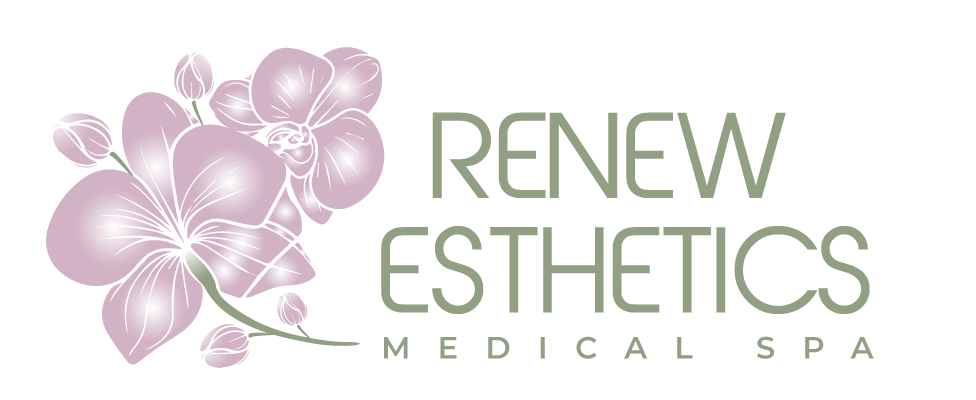FAQ´s Laser Pigmentation REDUCTION
1.What types of brown spots or pigmented lesions will laser remove?
The Candela GentleLASE laser is most commonly used for removing brown age spots, freckles and many types of brown birthmarks. Your Therapist will identify your specific type of lesion and discuss the removal success rate associated with it. Important: The laser cannot be used for the removal of lesions that are cancerous or suspected of being cancerous. If there is any suspicion that the lesion may be cancerous, we will strongly recommend that you consult your General Medical Practitioner without delay.
2. Is it safe?
Yes. GentleLASE laser produces a controlled beam of light specifically intended for the aesthetic treatment of pigmented lesions and approved for that use. The laser light, although bright is not strong enough to penetrate the skin below a depth of 1mm so it cannot damage other organs.
3. Can Laser remove my normal skin pigment also?
The laser light was designed for its properties that selectively target dark concentrations of melanin. If after removal of the abnormal concentrations of melanin treatment continued on normal skin; some whitening could occur. However, your body’s natural regenerative processes would replace the normal melanin after a period of time, returning the skin to its natural color.
4. Are there any Precautions to take during treatment?
As with all laser treatment, you must avoid exposure to direct sunlight before treatment, during treatment and for some weeks following treatment. At Renew Esthetics MediSPA, our experienced qualified therapists will advise you based on your skin type and the nature of the treatments that you are receiving. SPF must be worn daily.
5. Does it hurt?
The level of discomfort is different for every person depending on sensitivity; other considerations include the location and surface area to be treated. Most clients do not request any pain control during treatment and relate the discomfort as comparable to mild sunburn. Your therapist will discuss your options with you based upon your own tolerance and the body area to be treated.
6. Are there any possible adverse side effects?
A small percentage of persons treated may experience side effects (unwanted outcomes); these side effects are usually temporary and mild, though can be more severe and longer term. They include:
-
- Scarring though rare and more likely with darker skin types, it can occur with all skin types and especially if the required precautions (relating to sun exposure) are not followed, before, during and after treatment;
-
- Hyper-pigmentation (darker skin) can occur because of inflammation caused by laser treatment and a brown mark arises that usually takes some months to fade with the assistance of lightening agents;
-
- Hypo-pigmentation (lighter skin): laser treatment can cause a loss of skin pigmentation in the treated area. This pigmentation usually returns but can take up to 18 months and in very rare cases can take so long that is considered permanent;
-
- Bacterial or viral infection. Any infection in a wound created by a laser has the potential for scarring and laser treatments have been known to trigger herpes simplex outbreaks;
7. How does it look afterwards?
After the treatment, the area will feel hot, similar to a sunburn, sometimes for up to several hours. Discomfort disappears over the next few hours, a scab or crust will develop over the area, and this looks darker than the original lesion. This will last between 12-18 days depending on the size and site (longer on arms and legs). When the scab comes off, the area will be pink for another couple of weeks and then will return to its final color.
8. How much area can be covered in one treatment?
At least 80% of all common pigmented lesions are removed with one treatment. If a lesion covers a large area, your therapist may advise you to treat the area in several stages, to avoid unnecessary discomfort.
9. How long will the healing process take?
Everyone heals at various rates depending on the depth of treatment, the particular areas treated and your own health and condition. Noticeable results are typically seen in a few weeks. Some areas may take up to 12 weeks for the full treatment benefits to become apparent.
10. Can the excess pigmentation come back?
Common pigmented lesions do not return. Some lesions may return after a period of several months to a year. However, the procedure can be repeated with similar results. The conditions that we treat vary in extent and severity from client to client. Consequently, each client response to any treatment does vary, and we are unable to guarantee individual results. Unprotected sun exposure on the area will most definitely stimulate the Melanocytes and the treated lesion/s will return. New pigmentations can also arise, and be successfully treated.
11.What type of post-treatment care is necessary?
A shower can be taken the next day, but avoid scrubbing the treated area. Since most common pigmented lesions are caused by exposure to ultraviolet sunrays, it is imperative that you always wear sunscreen. Failure to wear a protective sunscreen will allow further sun damage to occur and result in new pigmented lesions.







